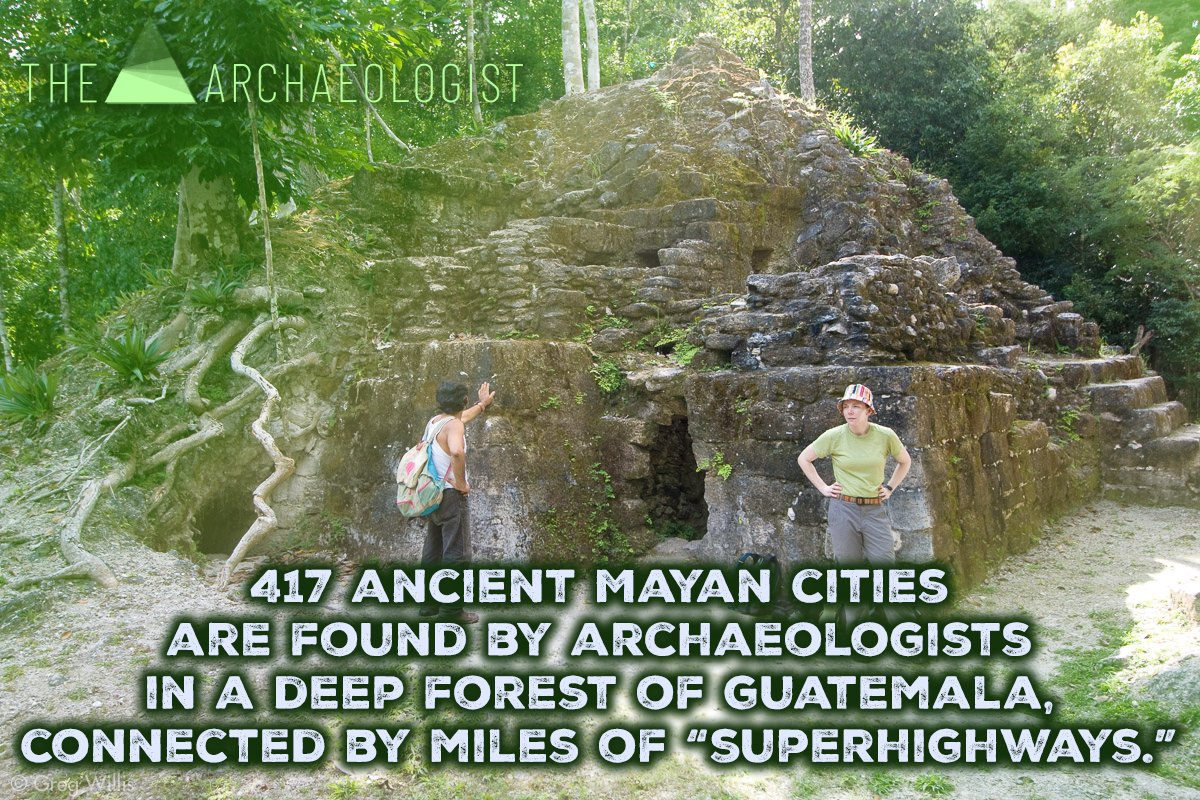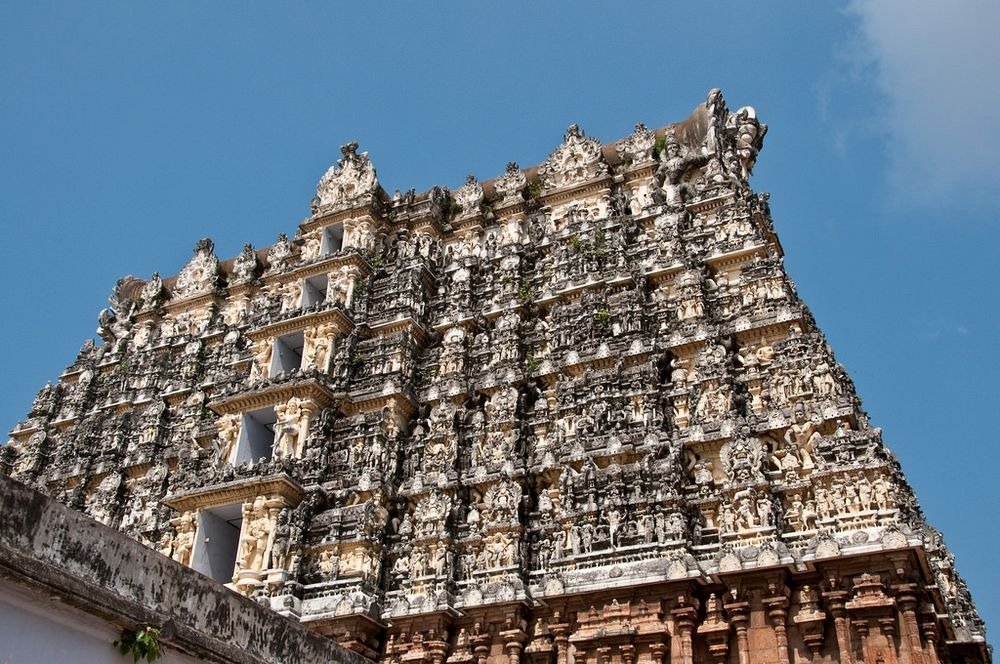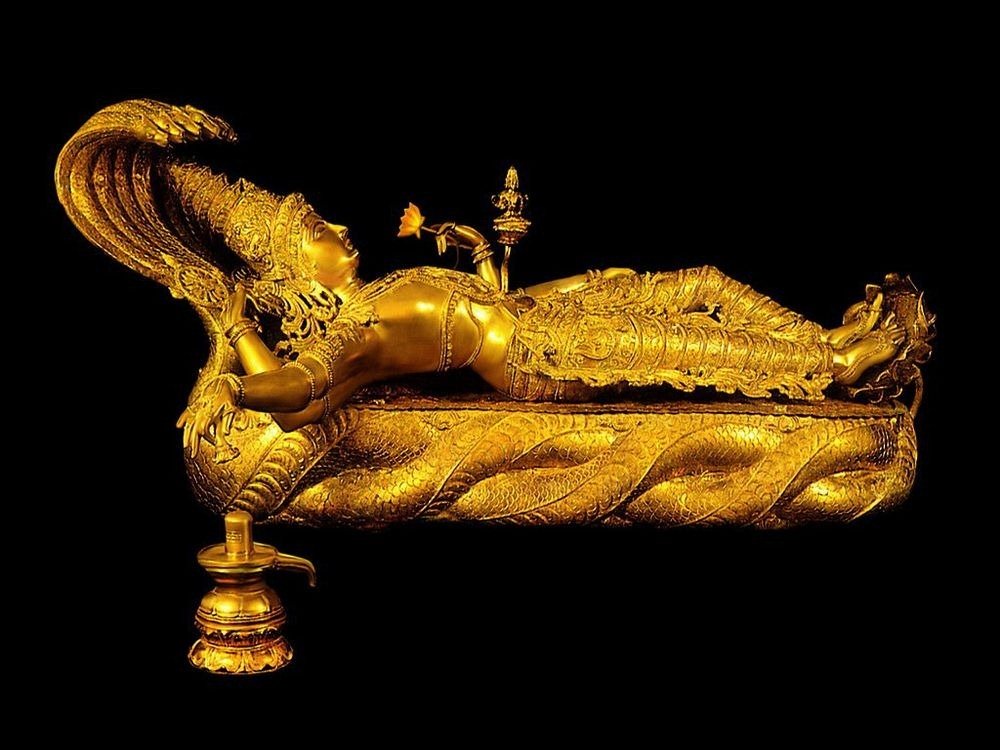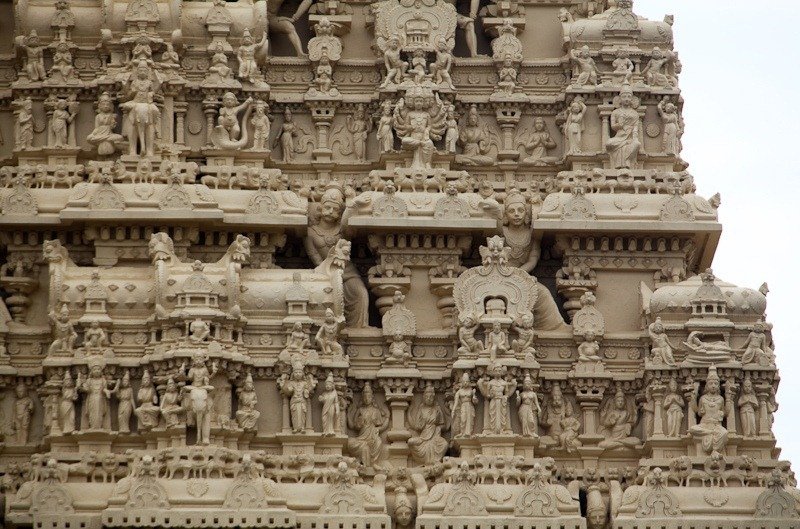417 prehistoric Maya cities are found by archaeologists buried in isolated forests, connected by miles of "superhighways," in a vanished universe. The "first motorway system in the world" is what scientists are referring to.
Researchers from a joint US-Guatemalan archaeological study revealed in an interview with The Washington Post that they had discovered 417 cities with an estimated 3,000-year history that were connected by 110 miles of "superhighways."
This finding is causing historians to reevaluate their understanding of the ancient Mayan civilization. According to the Post, the finding of a network of cities and highways, hydraulic systems, and agricultural infrastructure indicates that societies in Central America were more developed than previously thought.
These findings "reflect socio-economic organization and political power," the research claims.
The Mayans, who were formerly thought of as a nomadic, hunter-gatherer culture, lived in the pre-classic era, which dates back to 1,000 B.C., during which time the lost world first appeared.
According to Richard Hansen, the main author of the paper and adjunct research professor of archaeology at Idaho State University, this find from the El Mirador jungle region in southern Guatemala is a "game changer."
On the border between Mexico and Guatemala, the discovery was made in a remote tropical jungle. The Post claims that only a helicopter can make the challenging 40-mile journey through the dense rainforest, which is home to jaguars and snakes.
With some of the largest buildings ever built, the preclassic period was one of exceptional complexity and architectural expertise, according to Hansen.
According to him, the research has revealed "a vast volume of human history that we've never known."
Since 2015, the team has been mapping the regions of Central America using lidar technology, a crucial archaeological laser mapping technique, to show the smallest features, such as old vegetation. The team includes scientists from the US and Guatemala.
© 2008 Greg Willis
According to the study, it gave scientists access to views of ancient dams, reservoirs, pyramids, platforms, causeway networks, and even ball courts.
Enrique Hernández, an archaeologist at San Carlos University in Guatemala City and a co-author of the research, told the Post that if this project goes further, it might have the same historical impact as the Egyptian pyramids.





















